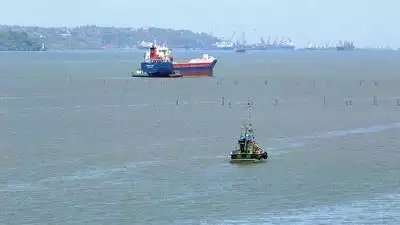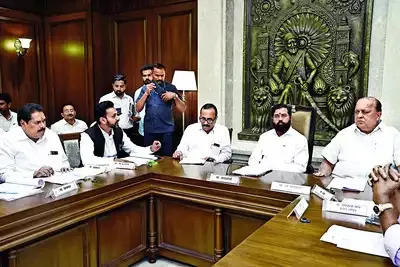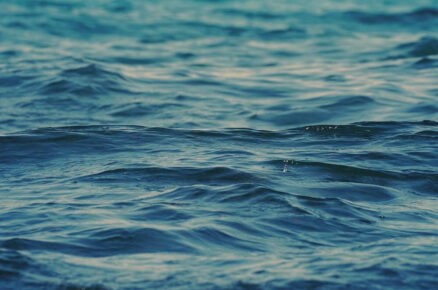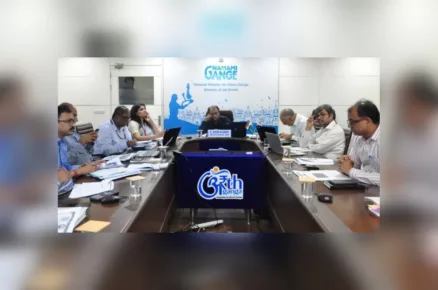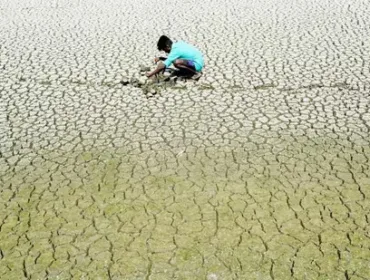RRC-Goa is supervising the implementation of an action plan to clean up the rivers, based on the directives of the National Green Tribunal (NGT). The NGT ordered action in 2018 after the Central Pollution Control Board classified all 11 major rivers of Goa as polluted.
As for the SPCB report, it reveals that the Water Quality Index (WQI) standings of the five rivers of Mapusa, Sal, Zuari, Tiracol, and Sinquerim were not satisfactory during the monitoring period from April 2021 to March 2022.
“The pollution control board monitors water quality at 10 beaches, 25 brackish-water locations, 14 freshwater locations, two canals, nine lakes, eight borewells – totalling 68 locations in the state,” states the GSPCB data. “The WQI for the rivers of Chapora, Kalna, Assonora, Valvanti, Mhadei, Khandepar, Khushawati, and Talpona rivers is 100% satisfactory throughout the year.
In the case of the Bicholim and the Mandovi, the WQI stands at 33%, which is satisfactory according to the GSPCB.
Officials said that sewage contamination is the major cause of the poor quality of water in the rivers of Mapusa, Sal, Zuari, Tiracol, and Sinquerim.
The state government has constituted the RRC-Goa under the chairmanship of the secretary, environment, to oversee the execution of the action plan by various stakeholder departments in compliance with the NGT directives in a matter of 2018,” the GSPCB has said. Until the RRC became operational, 11 rivers in the state were found with faecal coliform exceeding the permissible limit, as classified by the Central Pollution Control Board.
The number of rivers with adverse WQI is now down to five.
“Earlier, the data of the state water resources department had found that 75 lakes across Goa are polluted with sewage and E. coli,” Minister for Water Resources Subhash Shirodkar said in a written reply tabled in the assembly.
Several polluted waterbodies were found to be temple tanks. Among the polluted lakes is Savlem in Pilerne, which has recently been notified as a wetland under the central government wetland conservation law.
The highest number of polluted lakes, 28, lie in Salcete taluka, followed
Goa’s sewage treatment plants (STPs) are running at just over 50% of their capacity. The 10 STPs in the state have a total capacity of 78.3MLD (minimal liquid discharge), but only 41.3 MLD has been utilised, the state has told the Centre in its status report on STPs.
Source and image courtesy: https://timesofindia.indiatimes.com/



